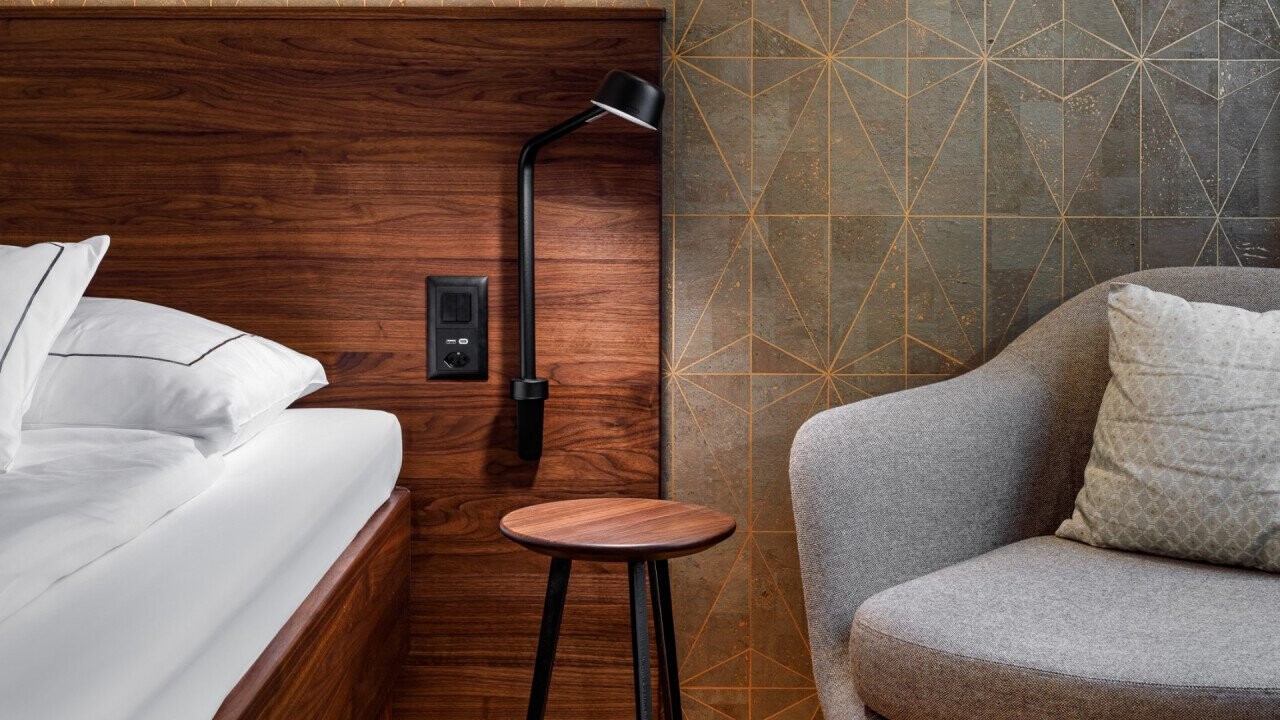Good interior design is characterized by several key factors that contribute to making spaces functional, aesthetically appealing, and livable. Here are some features that define good interior design:
-
Functionality: Good interior design ensures that spaces are designed to meet the needs and activities of users. This includes efficient use of available space, consideration of traffic flows, and the integration of functional elements.
-
Aesthetics: Aesthetic design is a central element of good interior design. It involves selecting colors, materials, textures, and shapes to create a harmonious and appealing atmosphere that reflects the tastes and needs of the residents or users.
-
Personality and Individuality: Good interior design takes into account the personality and lifestyle of the residents or users. It creates spaces that reflect their preferences and interests, rather than offering a one-size-fits-all solution.
-
Sustainability: Sustainable interior design considers ecological and social aspects. It can incorporate eco-friendly materials and technologies to reduce energy consumption and minimize environmental impact.
-
Flexibility: Good interior design plans spaces, so they can be used flexibly. This allows residents or users to adapt spaces to changing needs without requiring major renovations.
-
Light and Space: Optimal use of natural light and space is an essential aspect of interior design. This can help create a pleasant and healthy environment.
-
Attention to Details: Good interior design pays attention to details, from the selection of doorknobs and furniture to the placement of artworks and accessories. These details contribute to the overall effect of the space.
-
Harmony and Balance: Striking the right balance between different elements like colors, textures, and proportions is crucial for achieving a balanced and appealing appearance.
-
Budget Awareness: A good interior designer can work effectively within the available budget, finding cost-effective solutions that are still of high quality.
-
Continuous Education: Interior designers must stay updated on current trends and developments in their field and be willing to continuously expand their knowledge and skills.
In summary, good interior design is characterized by the integration of functionality, aesthetics, individuality, and sustainability to create spaces that are not only beautiful but also functional and livable.

